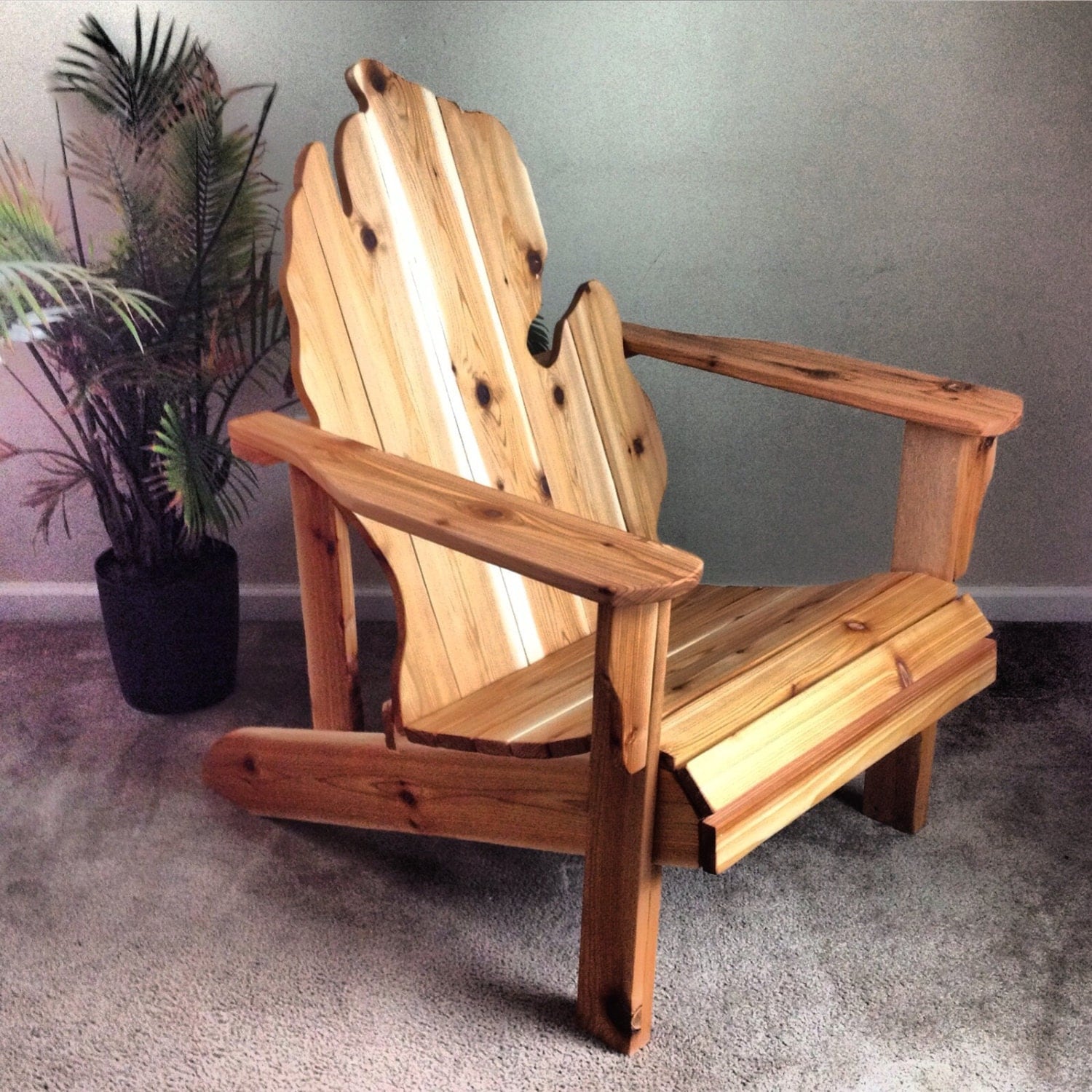Sourcing & Manufacturing of Modern Rustic Desk Chairs

Modern rustic desk chairs blend traditional aesthetics with contemporary comfort and functionality. Understanding their creation involves examining the sourcing of materials and the manufacturing processes employed, both of which significantly impact the final product’s quality, sustainability, and cost.
The sourcing of materials for modern rustic desk chairs prioritizes both aesthetic appeal and ethical considerations. Wood selection is paramount, often focusing on sustainably harvested hardwoods like oak, walnut, or maple. These woods offer durability and a rich grain pattern, contributing to the chair’s rustic charm. Responsible sourcing ensures that the wood comes from forests managed for long-term health, minimizing environmental impact and supporting ethical forestry practices. Certifications like the Forest Stewardship Council (FSC) label can provide assurance of sustainable sourcing. Beyond wood, other components such as metal for frames or hardware, and fabrics for upholstery, are also selected with sustainability and ethical production in mind. Recycled or responsibly sourced materials are increasingly preferred to minimize environmental footprint.
Wood Selection and Sustainability
Sustainable forestry practices are crucial. This involves responsible harvesting methods that preserve forest ecosystems, prevent deforestation, and ensure the long-term viability of timber resources. Choosing hardwoods known for their durability reduces the need for frequent replacements, further minimizing environmental impact. The use of reclaimed wood, salvaged from old structures or demolition projects, offers an eco-friendly alternative, giving a unique character to the finished product. Furthermore, the origin and certification of the wood should be transparently documented.
Manufacturing Processes and Their Impact
Different manufacturing processes influence the final chair’s quality, aesthetics, and cost. Traditional methods, such as handcrafted joinery techniques, result in high-quality, durable chairs with unique character. However, these methods are labor-intensive and often more expensive. Mass production techniques, including the use of CNC machinery, allow for efficient and cost-effective manufacturing, but may compromise some of the handcrafted detail and uniqueness. The choice of finish also affects the chair’s appearance and durability. Natural finishes that highlight the wood’s grain are popular for rustic styles, while more durable, protective finishes may be chosen for increased longevity.
Manufacturing Techniques and Aesthetic Impact, Modern rustic desk chair
- Hand-carved details: Intricate carvings add a unique, artisanal touch, enhancing the chair’s rustic charm and increasing its value. The level of detail is directly related to the craftsmanship and the time invested in the process.
- Traditional joinery: Methods like mortise and tenon joinery create strong, durable connections, adding to the chair’s longevity and visual appeal. The visible joinery contributes to the rustic aesthetic.
- CNC machining: Precisely cut components allow for efficient production, potentially lowering costs. However, this method may lack the handcrafted character of traditional techniques, although modern CNC techniques can be programmed to mimic hand-carved detail to some degree.
- Metal accents: The inclusion of metal components, such as rivets or brackets, can enhance both the chair’s durability and visual appeal. The style and finish of the metal can complement or contrast with the wood, creating a variety of aesthetic effects.
